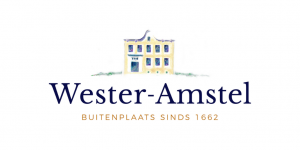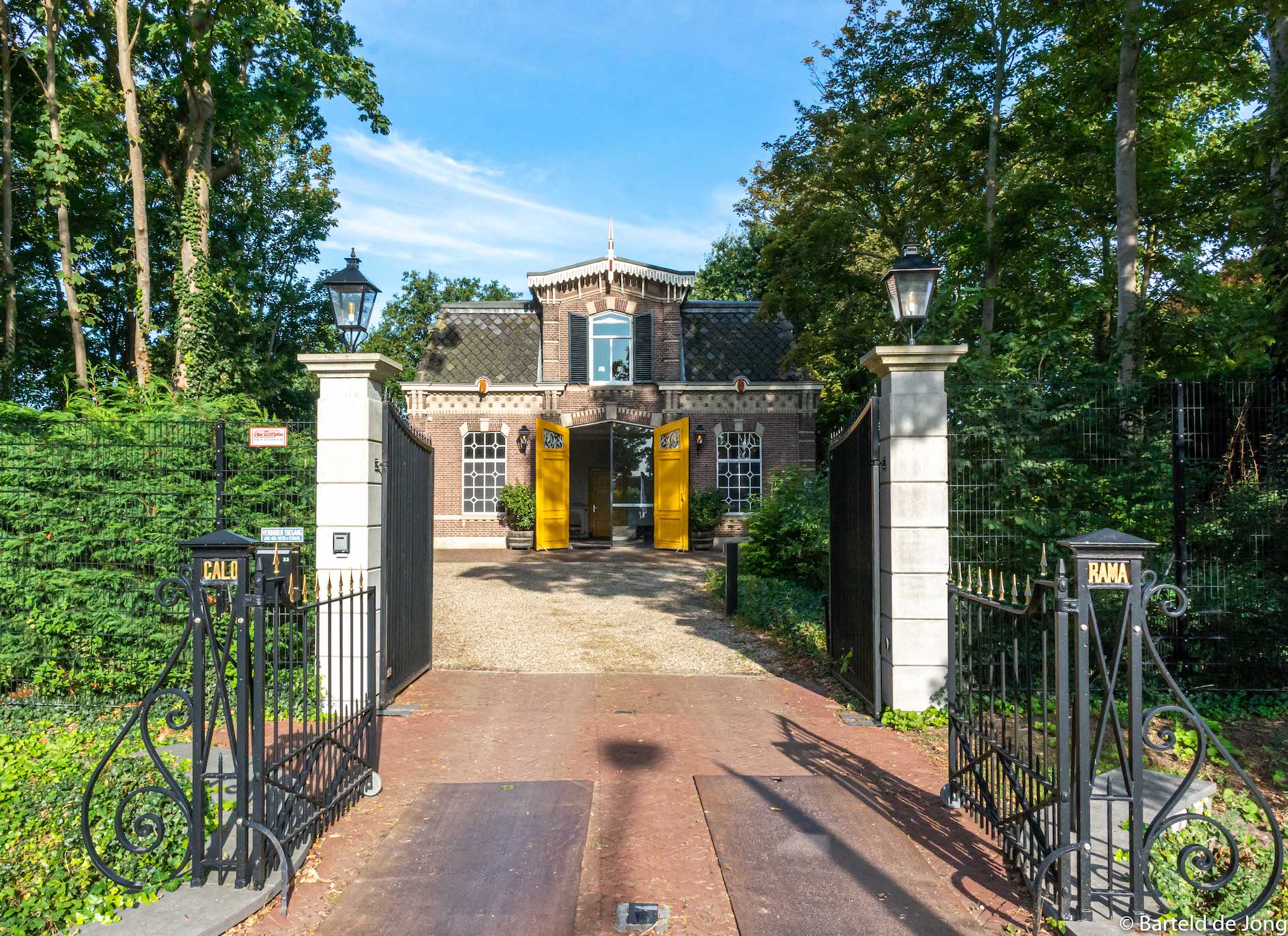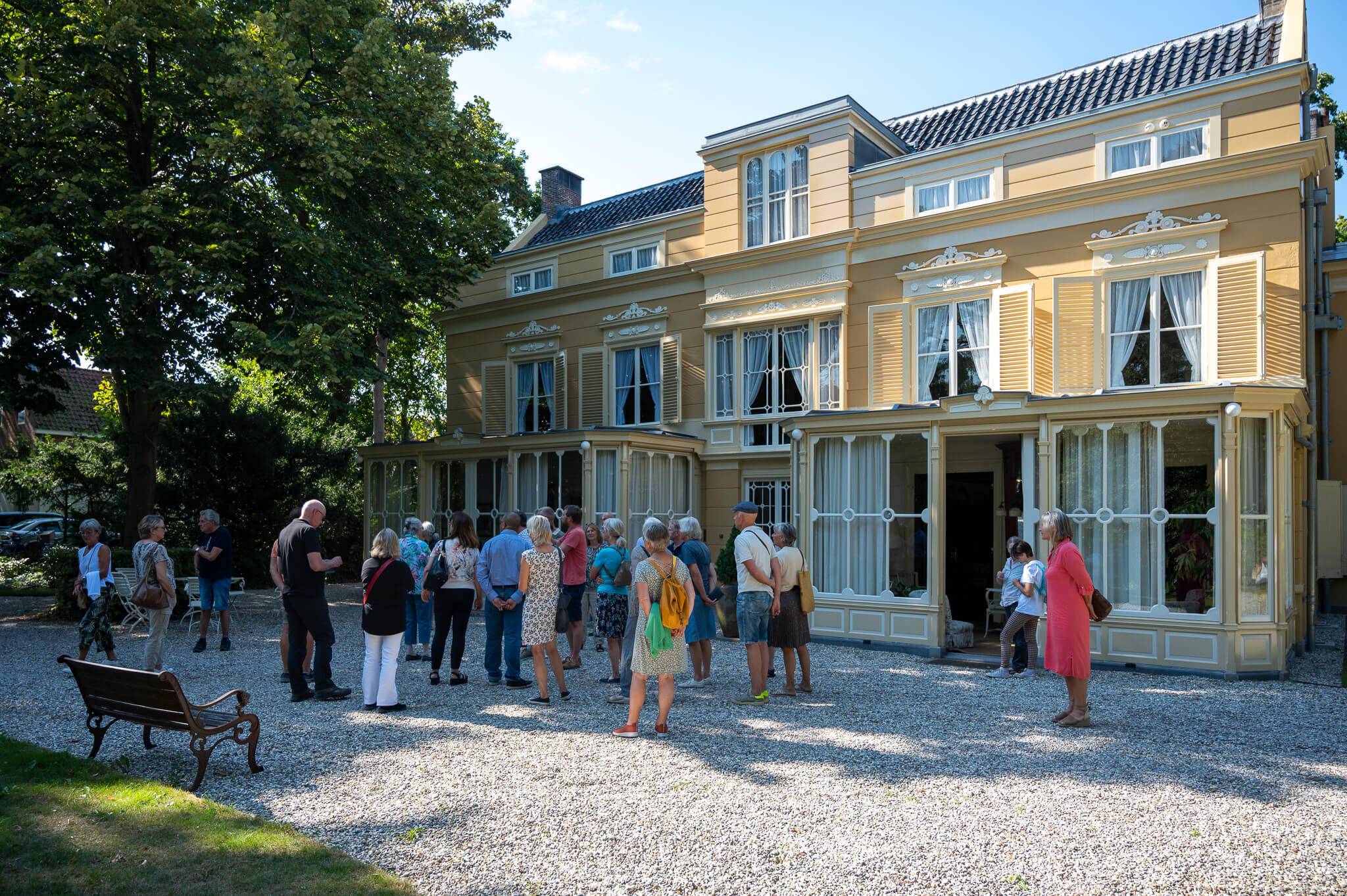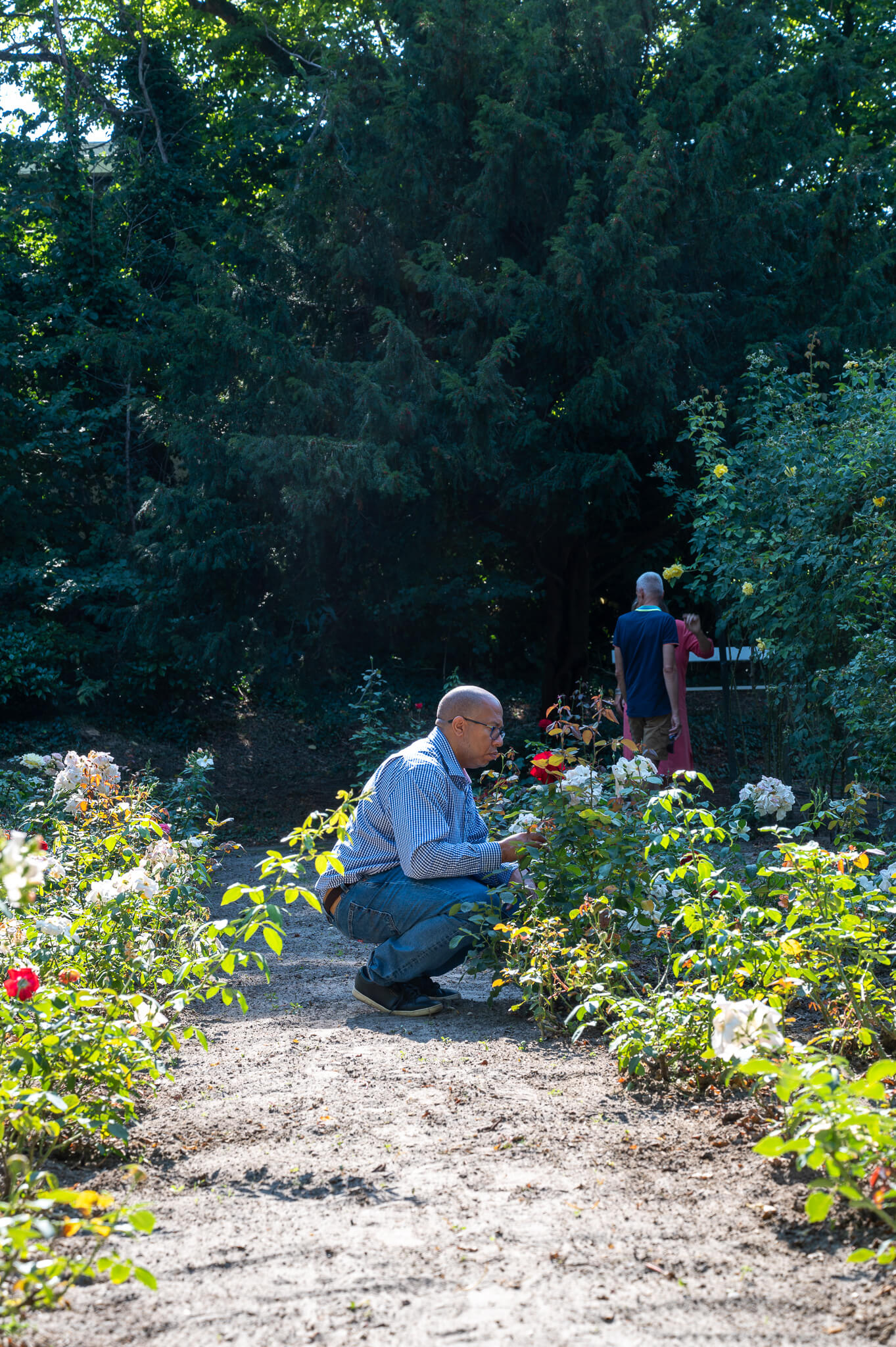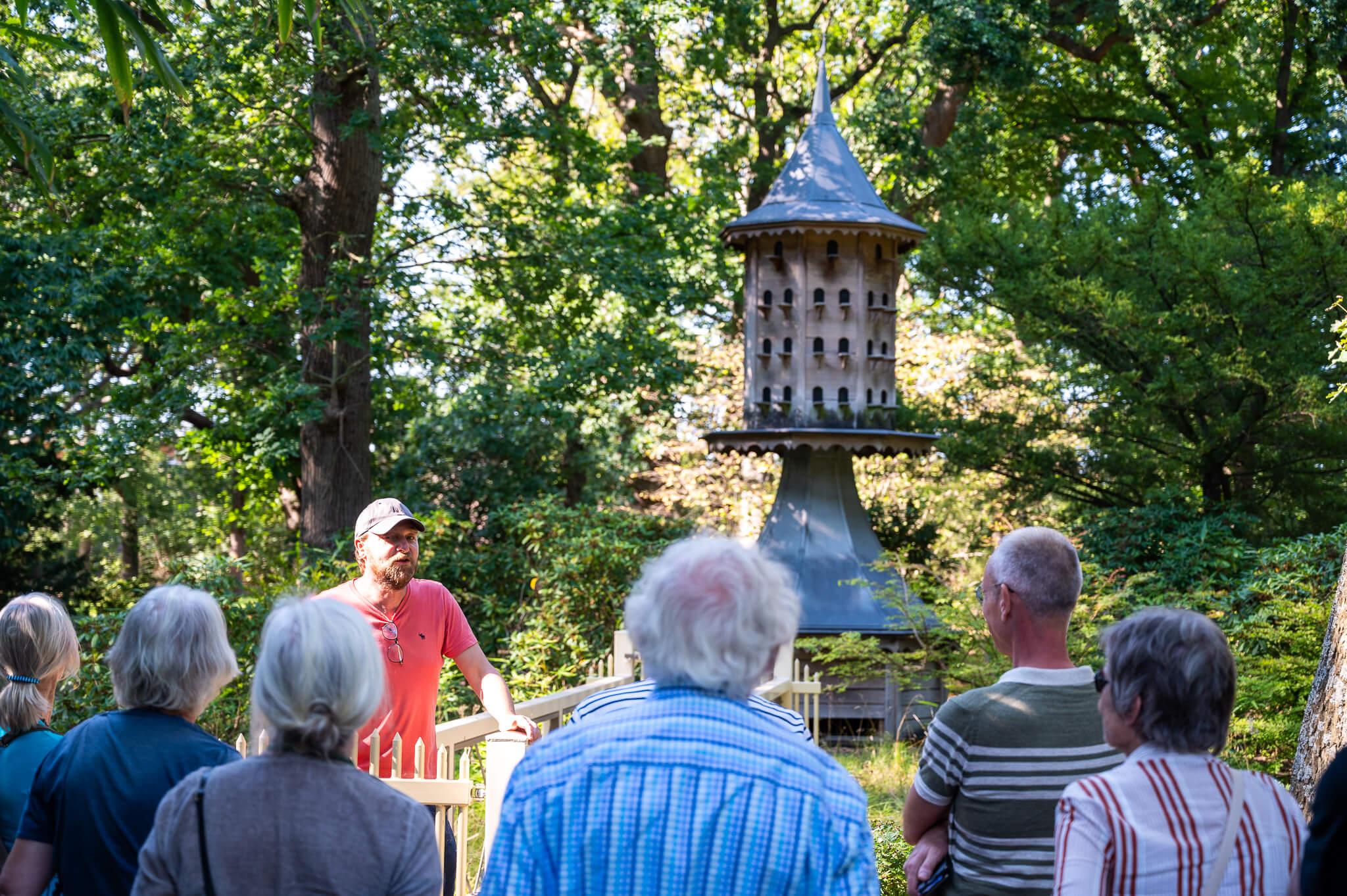Who better to get inspiration from as a Wester-Amstel volunteer than from a fellow volunteer at another country estate? A report of our visit to Calorama in Noordwijk.
For the volunteers of Wester-Amstel it takes some searching... Country Estate Calorama lies on the outskirts of Noordwijk between the city center, a new housing development, and a cemetery. From the busy Gooweg, the complex is hardly noticeable, but once you are through the gate you enter a 5-hectare, partially walled green oasis. That wall was built by the last resident of Calorama, Hendrik Maximiliaan Baron Taets van Amerongen van Renswoude (1933-2015), to guard his privacy. Understandable, because where Wester-Amstel is a real 'country place' with plenty of nature and unobstructed views all around, Calorama is in the midst of buildings. That difference immediately catches the eye.
Another difference: Wester-Amstel was laid out as a country estate as early as 1662, while Calorama grew out of an 18th-century herb and flower bulb nursery. A former brick herb drying shed still refers to this former business. The originally simple 18th-century residence on the grounds was expanded during the 19th century into the beautiful ochre plastered mansion that stands there today. It was recently restored and the stucco and two decorative wooden conservatories in the front are real eye-catchers.
After getting acquainted with the volunteers of Calorama, it is time for the actual purpose of our visit: a tour of the historic park and garden - for the "learning and entertainment" of our own park and garden group. This is truly a privilege, as Calorama is only open to the public to a very limited extent. The Calorama-Everwijn-Taets van Amerongen Foundation, which has been managing the estate since the death of the baron, wants to let more people enjoy all of the beauty that can be found there - but in recent years the priority has been the redesign and partial restoration of the park. Standing there, we can certainly admire the results. Through the avenues restored to their original structure, framed by borders, we walk to the rosary on the site of the former kitchen garden. There, the last roses of this year are still blooming in the September sun. We pass ponds, a tea dome, a brick vegetable garden wall and high ramparts that were originally laid along the herb gardens for protection from the sea winds. Some of those ramparts, now overgrown with poplars and maple, are still there.
There is a story attached to everything on the well-preserved estate. Why are there different strips of coloured glass at eye level in the glass doors of the tea dome? To give those looking from inside to outside an impression of the atmosphere of the park in the different seasons. For example, the blue window evokes winter scenes and the green window provides spring freshness. The dovecote, rebuilt in 2002 from a historic specimen, never housed pigeons - but it is beautiful. An open field with a red beech tree in the middle has a fascinating Noordwijk history. On this Jeroens- or Martelveld the monk or priest Jeroen (patron saint of Noordwijk) is said to have been beheaded by the Vikings in 856. During the annual Jeroensommegang through Noordwijk-Binnen (on August 19) pilgrims still light candles for the saint on this field.
After the exchange of facts about the design and maintenance of garden and park, our tour ends in the monumental coach-house, built from red brick, which now serves as a reception pavilion and as 'storage' for Baron Taets van Amerongen van Renswoude's collection of old-timers. Over drinks, we must confess that we are a bit jealous. After his death in 2015, the baron left not only the ‘buitenplaats’ to the foundation named after him, but also a green will (guiding principle for the renovation of the park) and a sum of money with which (in addition to subsidies) the necessary projects could be realised in recent years. Now that the work is almost completed, we find that the country estate is once again living up to its name. Calorama is a combination of the Ancient Greek words kalos (beautiful) and horama (view), which was subsequently Frenchised to Calorama. In proper Dutch, therefore, the estate could be named 'Schoonzicht’.
By: Emely Nobis
